Neopan Acros 100 had always been one of my favourite film stocks, right up until it was discontinued about two years ago. Acros 100 was contrasty, rendering rich blacks and accentuating the dramatic and the moody in photographs. It is a tabular grain film like Kodak T-Max 100. Like Kodak’s T-Max films, Acros 100 was eminently pushable, and its grain is so fine as to make images almost indistinguishable from digital without looking close. When Fujifilm announced it was going to release Acros 100 II, my expectations were high.
Acros 100 II was launched in Japan on November 22, 2019. Having pre-ordered my first rolls on Yododbashi Camera’s online site, my first rolls were delivered in the morning of that day. Acros 100 II does not disappoint. It seems to have the same qualities as the original Acros 100–at least I don’t see much difference.
I used to shoot Acros 100 at ISO 640 and develop with Kodak T-Max developer at 24 degrees celsius for fourteen minutes, agitating every thirty seconds. Without any guidance, I decided to use the same recipe with Acros 100 II. I got similar results.
I shot the frames for this piece in Asakusa around Sensoji Temple and Kaminarimon on a gloomy drizzly day. I love the way Acros captures the tones from the overcast light.

While Acros 100 II is the same as the original in all aspects, there is one exception—price. In Japan, Acros 100 sold in a three-roll pack for ¥1760. That makes for about US$5.00 per roll, which had been one of the most economical monochrome films on the market on par with the quality of the best from Kodak and Ilford, both of which cost more–at least in Japan. Acros II sells in single rolls for ¥930, which is just under US$9.00, which is about the same as the cost of Ilford stocks, but more than Kodak T-Max 100, which sells for about ¥800 in Japan.

Despite the increased cost, I am not complaining. Fujifilm kept offering Acros 100 for years even though it was likely selling at a loss, and Acros 100 was still available in shops for more than a year after Fujifilm announced it was discontinued. I don’t blame Fujifilm for cutting Acros 100. The executives at the company have the right and a responsibility to run their business profitably, and as they see fit. Fujifilm certainly did not have to offer Acros 100 II in the market for the success of the business, and I am sure they had plenty of other options for investing their capital in the future of the business.
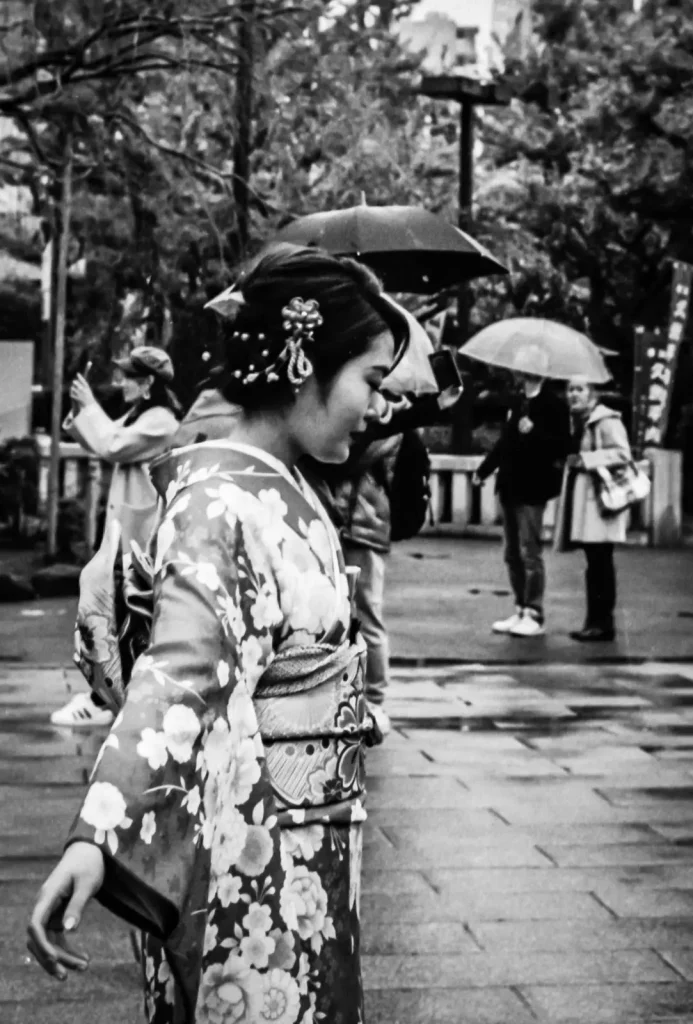
Still, I’m thrilled that Fujifilm did decide in favor of Acros 100 II. I suspect the decision was in part an emotional one, both for the people at Fujifilm and the company’s customers in Japan and around the world who love Acros film. At the same time, the decision is also likely about brand. Users of the Fujifilm digital cameras love the Acros film simulation mode that comes with the most recent models. It would be hypocritical to keep touting the Acros film simulation if the real thing were not worth continuing.

I hope that Acros 100 II is successful for Fujifilm, and encourages the company to continue making it, or perhaps even launch other projects to reintroduce some of Fujifilm’s most distinct and iconic films.
Which one am I pushing for? Velvia 50 would be nice. Which ones would you like to see?
I am a street photographer who lives in Japan. If you would like to see more of my work, have a look at my website bleisteinphoto.com, or my Instagram @sbleistein
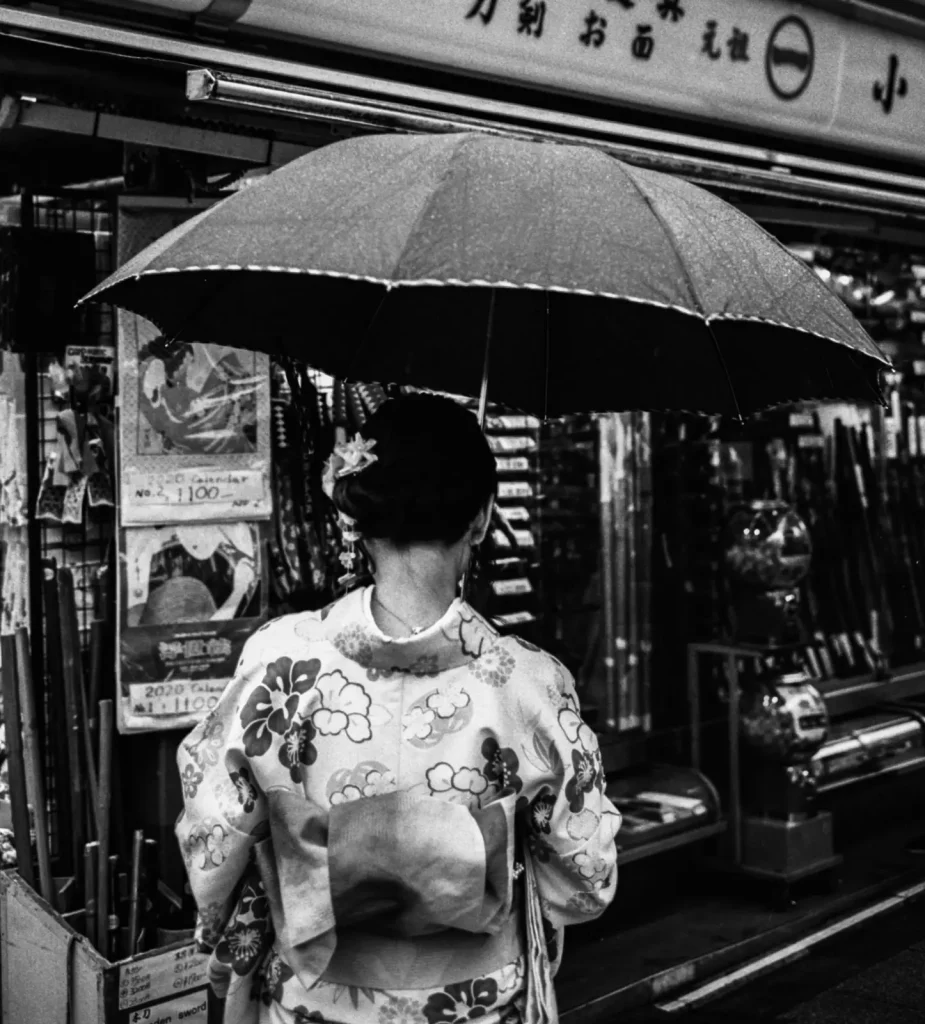
Share this post:
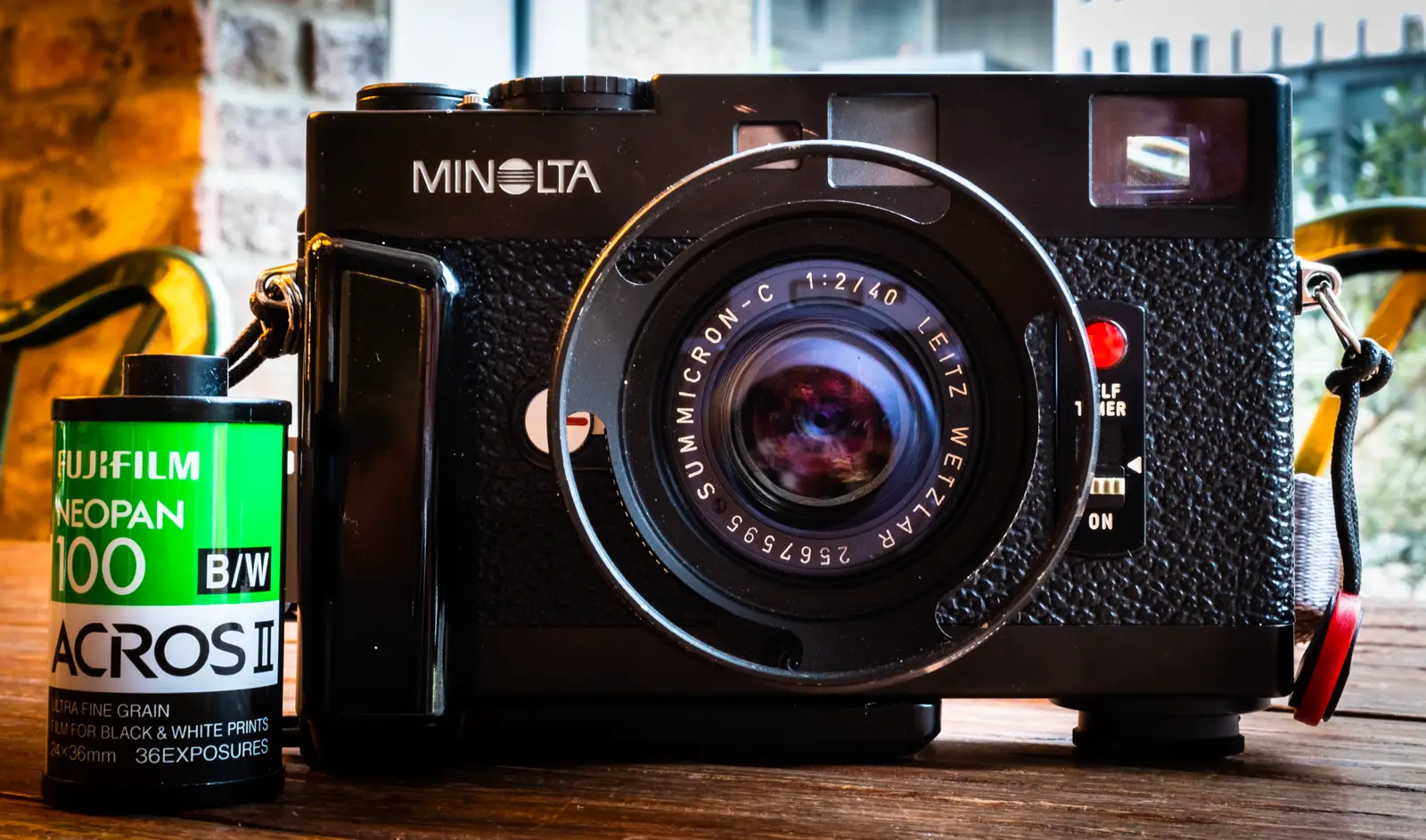
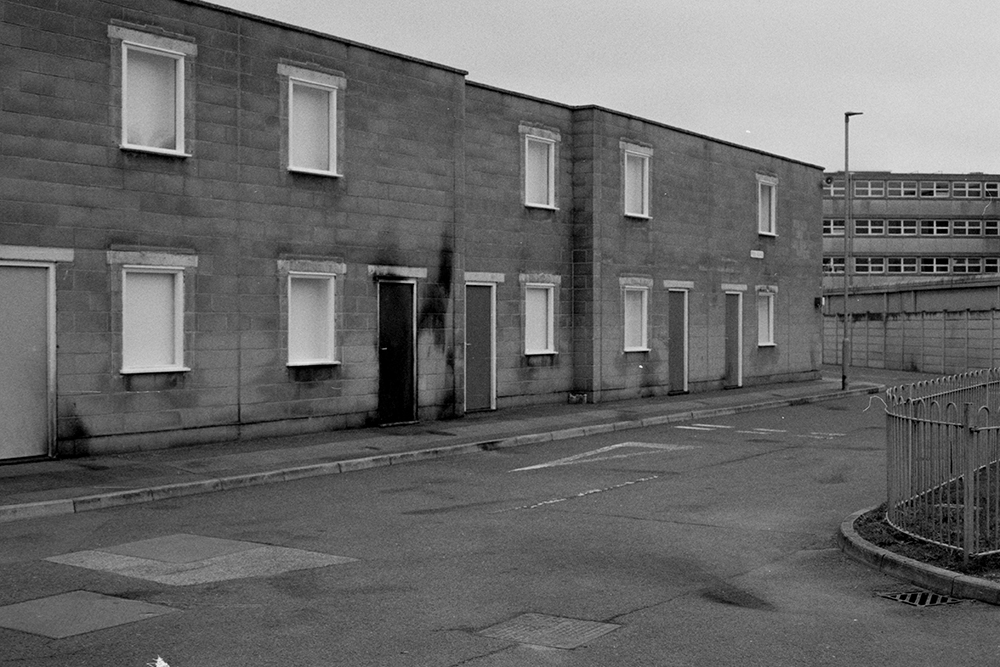
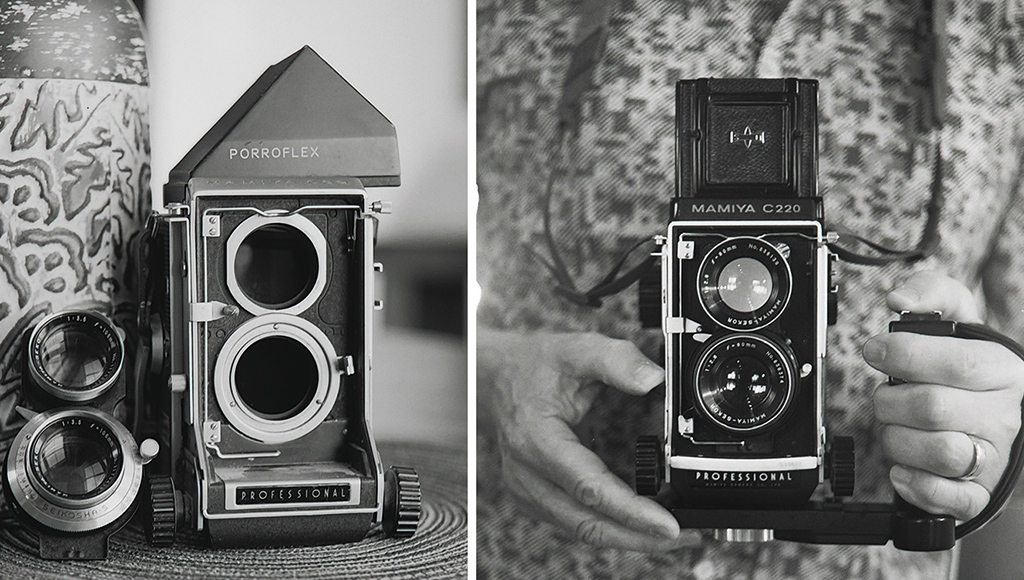
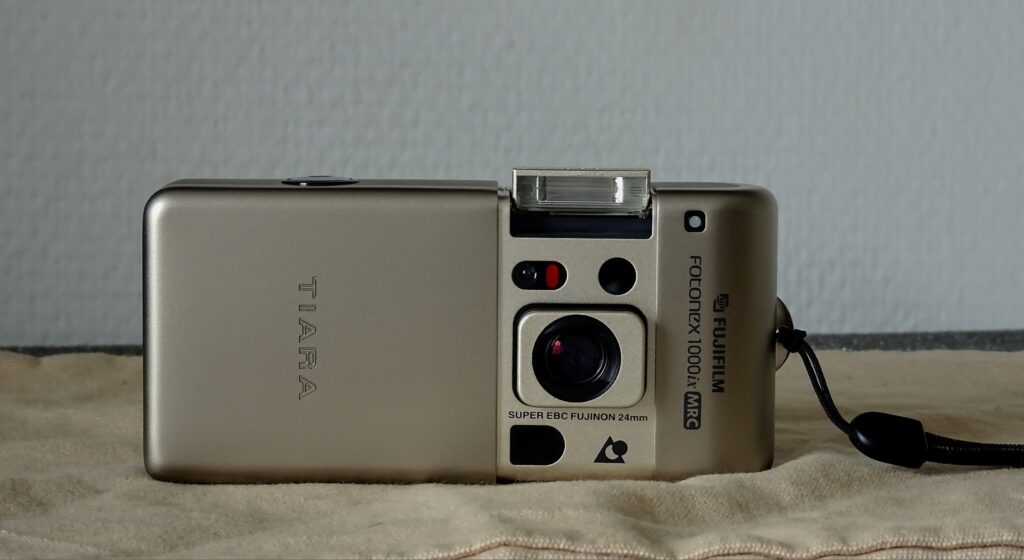





Comments
Nick Lyle on 5 Frames with Fujifilm Neopan Acros 100 II, Minolta CLE & Leica Summicron-C 40mm f/2 – Steven Bleistein
Comment posted: 28/11/2019
Comment posted: 28/11/2019
Comment posted: 28/11/2019
Comment posted: 28/11/2019
George Appletree on 5 Frames with Fujifilm Neopan Acros 100 II, Minolta CLE & Leica Summicron-C 40mm f/2 – Steven Bleistein
Comment posted: 28/11/2019
The "luxury" b&w lomorolls or other can go up to more than 15$. Disgusting. No way to get any of them for those guessed "effects"
I really like digital, but keep on shooting b&w film
Comment posted: 28/11/2019
Alvaro on 5 Frames with Fujifilm Neopan Acros 100 II, Minolta CLE & Leica Summicron-C 40mm f/2 – Steven Bleistein
Comment posted: 28/11/2019
Comment posted: 28/11/2019
Sandeep on 5 Frames with Fujifilm Neopan Acros 100 II, Minolta CLE & Leica Summicron-C 40mm f/2 – Steven Bleistein
Comment posted: 28/11/2019
Comment posted: 28/11/2019
Comment posted: 28/11/2019
P on 5 Frames with Fujifilm Neopan Acros 100 II, Minolta CLE & Leica Summicron-C 40mm f/2 – Steven Bleistein
Comment posted: 28/11/2019
But the price tag is, well, simply unaffordable. I hope Fujifilm doesn't actually attempt to sell it in the United States for anywhere close to $9 per roll. That would be absurd, especially since T-MAX 100 sells for $5.59/36-exposures all day, every day. If they do, I don't know how they can expect the product to be successful. Almost nobody outside of professional photographers can even begin to think about paying that much for a single roll of film and shooting it in any quantity whatsoever. And for it to be successful, just like with any other product, Fujifilm needs to be able to consistently sell a lot of it and to a lot of film shooters, not just the exceedingly small group of pros still shooting film in any quantity. Sure, hobbyists may infrequently pick up and shoot an occasional roll, but there's very, very few who will ever do more than that because at this price point it's quite frankly entirely unaffordable. That's not going to sustain it. And there's not enough pros left out there shooting film to keep any film stock afloat, at least not long-term, regardless of how much a company hikes up the price. And eventually rising costs will even deter and alienate the wealthiest of the pros. I'm sure for many it already has and forced them to go all digital, even if they didn't want to. As film emulation software improves as well as digital sensor design, this is only going to become more true. But there are a ton of amateur film enthusiasts out there, although most are no longer able to shoot even a fraction of the amount of film as they'd like to because everything has become so outrageously expensive across the board. Even the non-pro/consumer stocks have gotten ridiculous. Plus, even if you're a pro, why in the world would you pay that much when TMX is available for much less (albeit still by no means cheap)? With some developing tests, the results that can be achieved by the two stocks are similar enough that I see no point.
These companies really need to be catering to the serious film amateurs, not the pros, as there are quite literally thousands of times more of us than there are pros. But if a film stock is way too expensive, they are going to almost entirely miss out on the amateur market, the very market that could ensure their product is viable, profitable, and survives for the long haul. At $9 per roll, or anything even remotely that expensive, not only can I not afford to buy ACROS II, but even if I could, I wouldn't. It's asking for way too much, and I'm sure I'm not alone in thinking so. Now, if its price is equivalent to TMX, yeah, I'll pick up a few rolls on occasion, but I still wouldn't be able to afford to shoot it very often, just like I can't TMX. If it was sold at the roughly $5, or lower, price point that it was sold for not all that long ago (actually, very recently), I'd buy substantially more. And if it was sold for roughly $3 per roll as it was just a little farther back but still not all that long ago at all, I'd buy a lot of it -- I'd shoot it all the time. Pretty simple, right? And I'm sure this holds true for the vast majority of other serious amateurs as well. If Fujifilm and other film manufacturers keep going down the path of catering basically exclusively to a small group of pros and expecting them to pay astronomical prices for film to keep things afloat, and then effectively entirely disregard the amateur community altogether (which is huge in comparison), I hate to say it but I think they're doomed to fail.
Thanks again for sharing your experience with the new ACROS II emulsion. Hopefully other users' thoughts will start being published soon also.
Take care!
Comment posted: 28/11/2019
Comment posted: 28/11/2019
Comment posted: 28/11/2019
Comment posted: 28/11/2019
Comment posted: 28/11/2019
Comment posted: 28/11/2019
Comment posted: 28/11/2019
Comment posted: 28/11/2019
Comment posted: 28/11/2019
Amit on 5 Frames with Fujifilm Neopan Acros 100 II, Minolta CLE & Leica Summicron-C 40mm f/2 – Steven Bleistein
Comment posted: 28/11/2019
Comment posted: 28/11/2019
Castelli Daniel on 5 Frames with Fujifilm Neopan Acros 100 II, Minolta CLE & Leica Summicron-C 40mm f/2 – Steven Bleistein
Comment posted: 29/11/2019
A nice, balanced report. What really caught my eye was your comment that you shoot @EI 650.
I shot a roll of the original stock a few years ago on the street in NYC. I was blown away by the results. I’ll give the new film another try. Thanks for sharing.
Comment posted: 29/11/2019
Leo Tam on 5 Frames with Fujifilm Neopan Acros 100 II, Minolta CLE & Leica Summicron-C 40mm f/2 – Steven Bleistein
Comment posted: 29/11/2019
Sciolist on 5 Frames with Fujifilm Neopan Acros 100 II, Minolta CLE & Leica Summicron-C 40mm f/2 – Steven Bleistein
Comment posted: 30/11/2019
"Despite the increased cost, I am not complaining. Fujifilm kept offering Acros 100 for years even though it was likely selling at a loss,..."
I suspect it was too. When I check what I was paying in the late '70s/early '80s for film and apply inflation to bring it up to today, I find I'm paying about the same amount in real terms. Surprising I think, when you consider the change in demand for film.
Comment posted: 30/11/2019
Sciolist on 5 Frames with Fujifilm Neopan Acros 100 II, Minolta CLE & Leica Summicron-C 40mm f/2 – Steven Bleistein
Comment posted: 01/12/2019
https://barnabynutt.com/2018/01/04/nighttime-adventures-in-neopan/
Some Thoughts and Expereinces in Favor of the Price Hikes on Film - Steven Bleistein - 35mmc on 5 Frames with Fujifilm Neopan Acros 100 II, Minolta CLE & Leica Summicron-C 40mm f/2 – Steven Bleistein
Comment posted: 27/02/2020